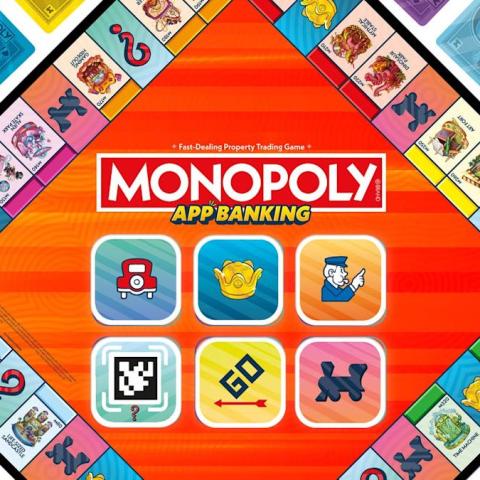Young people today deal with a flood of notifications—around 237 each day, according to a study. Amid all this noise, a new initiative at Baylor University aims to cut through with positive messages focused on health and self-care.
This initiative, called HealthyBearsTXT, launched just this fall. It’s a collaboration among faculty and health services designed to help students understand how text messages can support healthier behaviors. The content is crafted by students, based on insights from faculty, making the messages both relatable and relevant.
### The Need for Mental Health Support
Mental health issues are a major hurdle for college students. An April 2024 survey revealed that over half of all enrolled students identified emotional stress and mental health as their top concerns. Yet many students aren’t even aware of available resources: a 2025 survey showed just 41% knew about mental health counseling at their college, and only 15% actually used it. This gap in awareness is where HealthyBearsTXT hopes to step in.
Jim Marsh, Baylor’s dean for student health and wellness, sees this initiative as a way to shift the campus culture and reach students before they need help. “We’re trying to influence the entire culture,” he said.
### How It Works
Modeled after the University of Texas at Austin’s HealthyhornsTXT, this program sends out two to three messages per week covering health topics that are seasonal or timely, like flu shots in the fall. Students can opt in through a simple sign-up process, often sparked during orientation or through QR codes shared by staff.
To shape the messaging, leaders consulted with a diverse group of 66 faculty members, pooling insights from various fields such as neuroscience and sociology. They eventually settled on eight key topics: sleep, spiritual wellness, resilience, physical activity, nutrition, healthy relationships, anxiety, and overall health.
### Encouragement Through Texts
Jessica Ford, an associate professor at Baylor, emphasizes that young people tend to read texts—even if they don’t fully agree with the message. “It’s about providing a nudge,” she explains, highlighting the potential for positive behavioral changes.
The texts go beyond just sharing resources; they encourage students to think, connect, and act. Ford notes that student-written messages aim for a friendly tone. “We want it to sound like a peer, not a parent.”
### Measuring Impact
So far, HealthyBearsTXT reaches nearly 1,000 recipients each week, mostly students. Anecdotal evidence shows promise; many recipients express appreciation through reactions like “Thanks, this encouraged me.”
The initiative has brought experts from different fields together, fostering collaboration that may not have happened otherwise. At the end of the term, the team plans to evaluate how well the messages resonate with students and their effectiveness.
### A Broader Context
This push for mental health awareness mirrors a larger trend in higher education. In recent years, campuses nationwide have faced increasing demand for mental health services. A report from the National Association of Student Personnel Administrators found that 39% of students reported feeling overwhelmed by anxiety.
By focusing on engagement and prevention, programs like HealthyBearsTXT may play a vital role in improving the overall mental health landscape on campuses, suggesting a promising path for universities in supporting their students.
As Baylor continues to develop this project and consider outreach to graduate students, it underscores a growing recognition of the unique challenges faced by all college students today.
Source link
Higher, Education, News, Jobs, Events, Career





















:max_bytes(150000):strip_icc()/Quinta-Brunson-SATURDAY-NIGHT-LIVE-050225-1-9c66929a8b5247f49894be8ba9122b77.jpg?w=480&resize=480,480&ssl=1)
